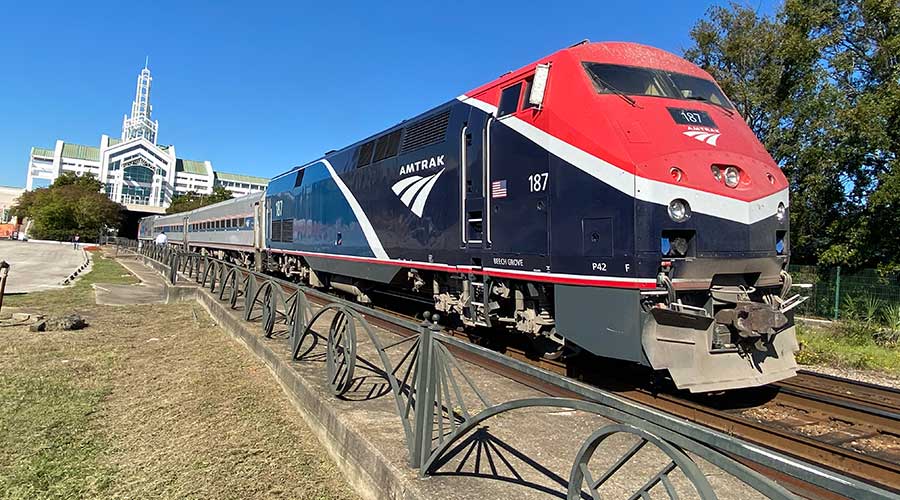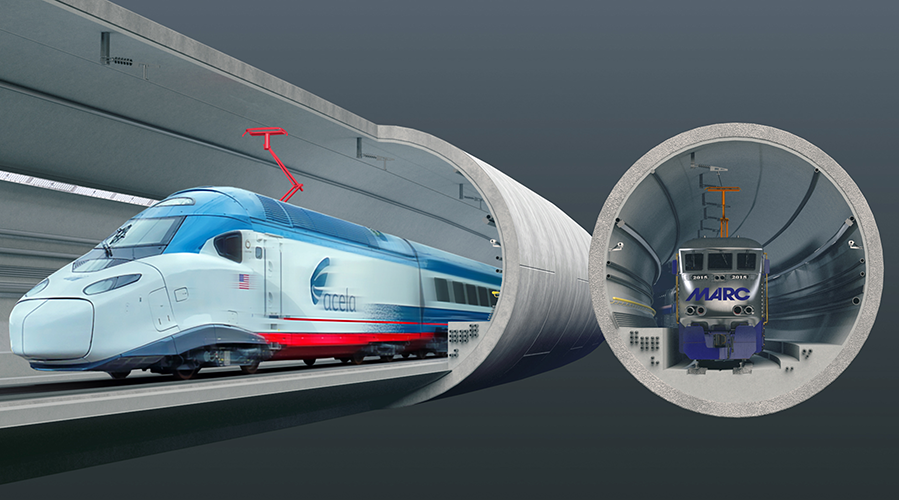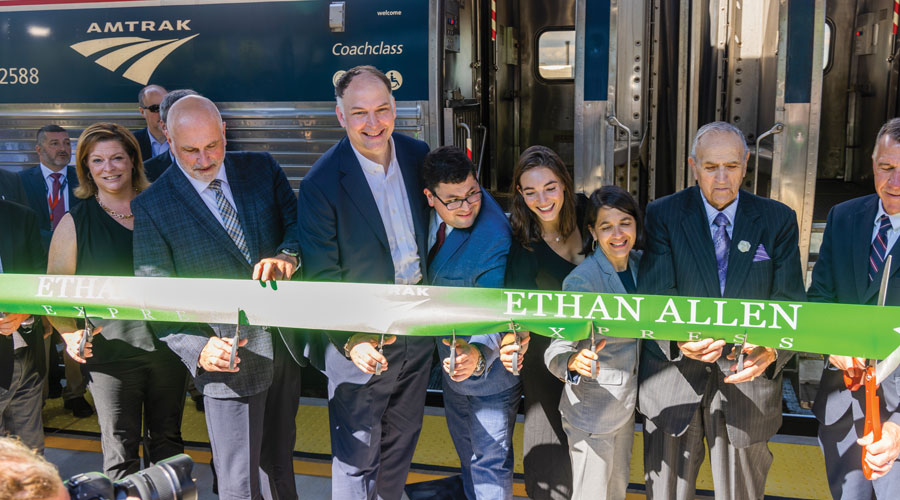Stay updated on news, articles and information for the rail industry
August 2012
Rail News: Amtrak
Romney threatens to eliminate Amtrak subsidy if elected; Eno's Schank weighs in on potential implications
By Angela Cotey, Associate Editor
In an Aug. 2 interview with Fortune that was transcribed and posted online yesterday, Republican presidential candidate Mitt Romney talked about his plan to improve the economy and reduce the deficit. Among his ideas: eliminate Amtrak’s federal subsidy.
Romney didn’t divulge details on the Amtrak plan specifically; it was mentioned as part of a list of subsidy programs he planned to cut. Still, Amtrak officials and supporters will no doubt take Romney’s threats to heart.
This isn’t the first time a president or presidential hopeful has proposed slashing Amtrak funds. But the odds of it happening are much more realistic these days, says The Eno Center for Transportation President and Chief Executive Officer Joshua Schank.
“It’s more likely than ever, because there is a huge debt problem and a lot of things are going to be cut at some point no matter who is president,” he says. “The difference is that I find it very hard to believe that Amtrak would be included in its entirety in an Obama Administration deficit deal, but I could definitely see it happening under a Romney Administration deficit deal.”
That’s not to say an Amtrak subsidy elimination is a sure thing if Romney is elected. Congressional elections will have an impact, as well.
“If the Dems hold the Senate, or even if the Dems are in a position to filibuster this, then it makes it a lot harder to zero out Amtrak funding,” says Schank.
But if Republicans win the majority in the Senate, Amtrak cuts are much more likely.
“Amtrak has been a favorite punching bag of Republicans for years,” says Schank. “When push comes to shove, if we have a new wave of conservatives in Congress … I could see a scenario where Republican senators allowed those long-distance routes that run through their states to be cut.”
And even if Democrats could engage in a filibuster, there’s no guarantee they’d follow through.
“If there’s a big deficit deal, lots of compromises need to be made,” says Schank. “It’s impossible to predict whether Democrats will hold the line on cuts under a Republican Senate and Republican administration.”
If Amtrak’s subsidy were eliminated, it would have a drastic impact on the transportation network, particularly in the Northeast. Even though the intercity passenger railroad recoups its operating costs on the Northeast Corridor, it does not cover capital costs, says Schank, so operations would have to cease.
“It would reduce the amount of overall travel in the Northeast Corridor because there is not enough capacity on highways and airports to accommodate all the passengers,” says Schank. “Airlines would increase flights, which would dramatically increase delay times, traffic on the I-95 corridor would dramatically increase and it would have severe economic consequences.”
Because of those dire outcomes, it’s more likely that a new administration and/or Congress would propose to cut Amtrak’s subsidy rather than eliminate it altogether, Schank believes.
“As any president is going to make a big deficit budget deal, he will try to avoid things that have a dramatic impact, so it’s much more realistic that an Amtrak subsidy would be cut rather than eliminated,” he says.
If that happens, Amtrak officials would be forced to neglect maintenance needs, which would cause the system — and service levels to deteriorate over time.
It’s not an uncommon scenario for Amtrak, which often is under fire for its reliance on government subsidies to provide national passenger-rail service. But in recent years, funding cut threats have waned as Amtrak received more stable appropriations through the Passenger Rail Investment and Improvement Act of 2008 and capital dollars through the American Recovery and Reinvestment Act of 2009. (For more detail on Amtrak’s improved financial picture and plans for the future, read Progressive Railroading’s August cover story, found here).
Amtrak’s improved stability also can be attributed to its leadership, Schank believes.
“I think you have to give some credit to Joe Boardman for keeping Amtrak out of the news except for when they have a big idea for a big investment. We haven’t heard about big breakdowns or crashes, the railroad has been very well run over last few years and they haven’t had big appropriations fights, in part because the Democratic Senate has made it clear they won’t tolerate that,” he says. “I think Amtrak has done a reasonably good job of spending the money it’s had wisely.”
That could come in handy as Amtrak faces a potentially rough road ahead in its annual appropriations quest.
Keywords
Browse articles on Amtrak Mitt Romney Joshua Schank Eno Transportation FoundationContact Progressive Railroading editorial staff.


 2025 MOW Spending Report: Passenger-rail programs
2025 MOW Spending Report: Passenger-rail programs
 Gardner steps down as Amtrak CEO
Gardner steps down as Amtrak CEO
 Guest comment: Oliver Wyman’s David Hunt
Guest comment: Oliver Wyman’s David Hunt
 Women of Influence in Rail eBook
Women of Influence in Rail eBook
 railPrime
railPrime







